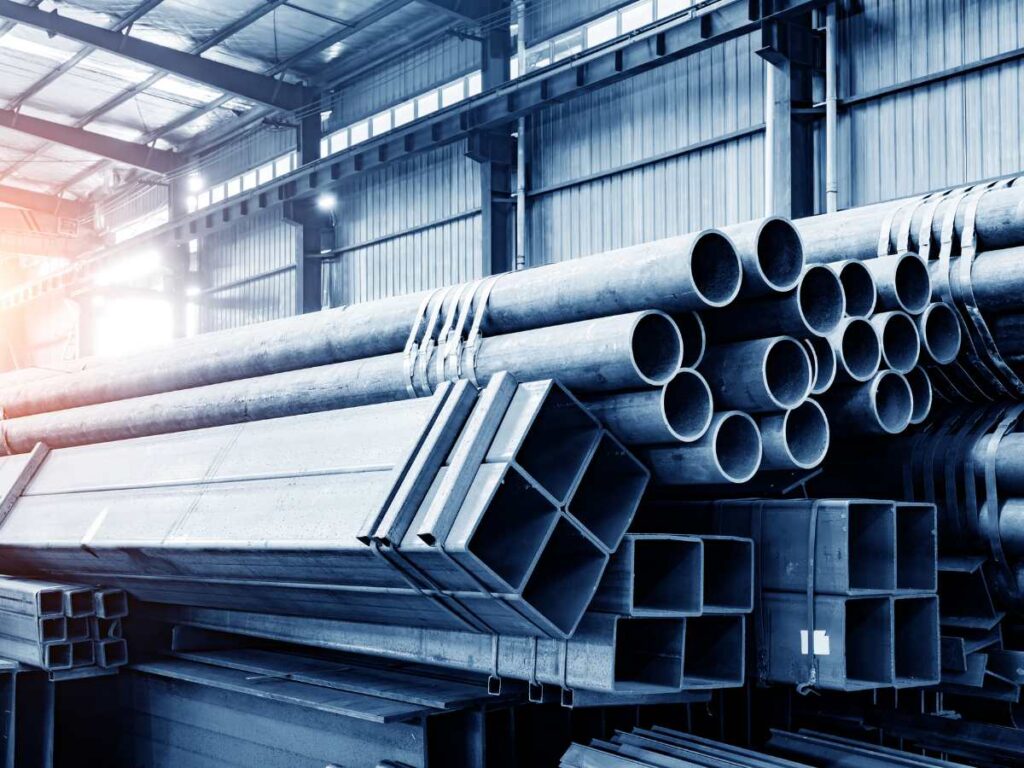What if I told you that the secret to our modern culture’s advancement and our identity as a society lies in a material so strong and versatile that it can withstand both physical and metaphorical challenges? Yes, I’m talking about steel! Steel has silently shaped our world, transforming industries, towering over cities, and even influencing our popular culture.
The Evolution of Steel
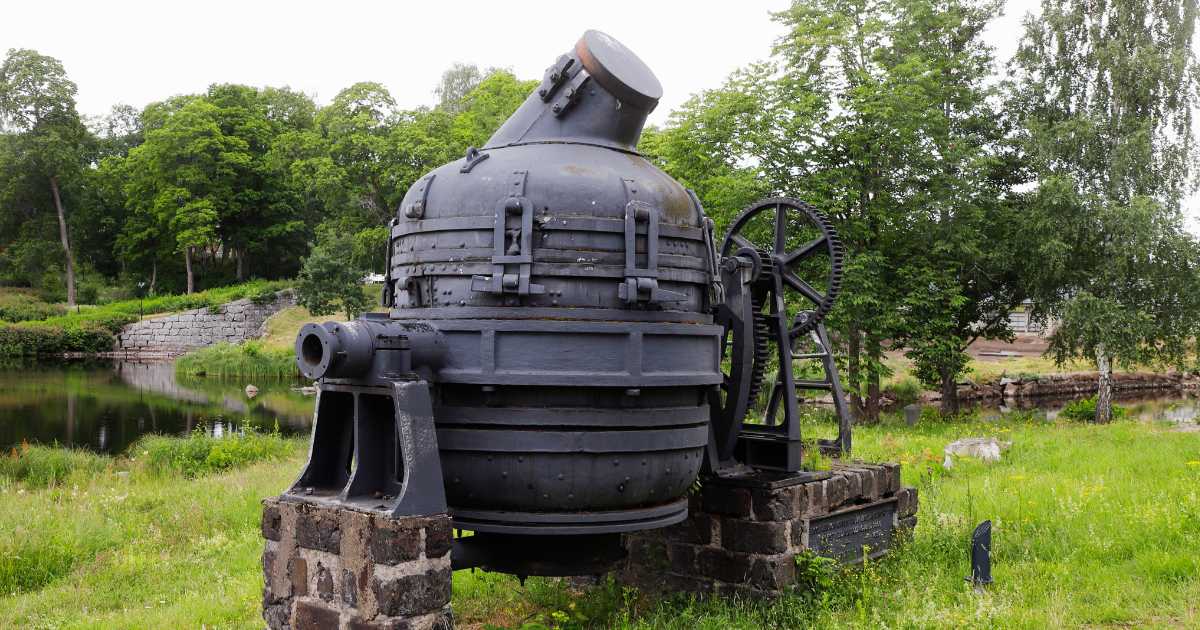
The evolution of steel covers thousands of years, from its early use in ancient civilizations to today’s sophisticated modern steel production processes. The discovery of iron and its smelting into steel in ancient times marked a moment in human history. Initially, steelmaking was a basic process. Over the centuries, advancements in metallurgy and the development of smelting techniques enabled the production of higher-quality steel. The Steel Industrial Revolution, such as the Bessemer process, transformed steel production on a larger scale.
The versatility and strength of steel upgrade manufacturing, transportation, and infrastructure. The evolution of steel has not only affected the physical landscape of our world but has also transformed how we live and work, influencing the progress of human civilization.
Steel’s Impact on Architecture
Steel has a deep impact o architecture, leading to the era of skyscrapers and steel-framed buildings that define modern cityscapes. Steel development as a construction material allowed architects to dream big and build tall. The iconic skyscrapers grace major cities worldwide, such as the Empire State Building in New York City. Another iconic structure is the Burj Khalifa in Dubai, which demonstrates the transformative power of steel in architecture.
Steel’s influence extends to other architectural styles and urban structures. Steel-framed buildings have become a hallmark of contemporary architecture. Steel’s versatility in fabrication also enables the creation of unique architectural features and intricate facades. Steel can span long distances and withstand external forces like wind, and seismic activity has allowed architects to design grand stadiums, bridges, and other impressive infrastructure projects.
Steel and Transportation
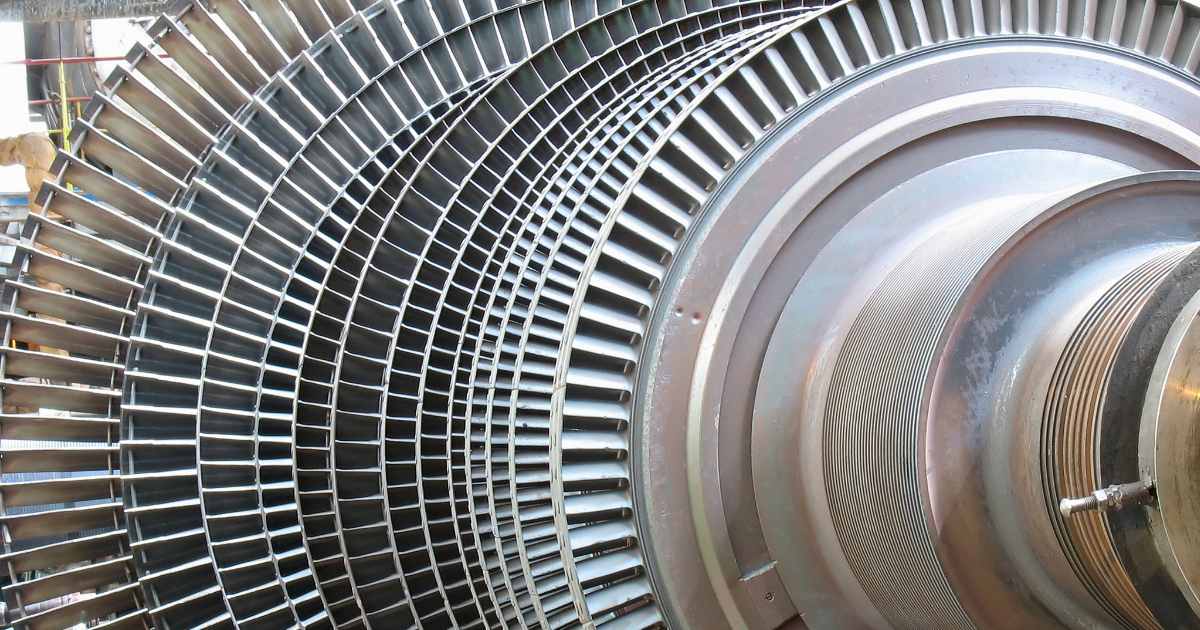
It has contributed a lot in the development of transportation. It reshapes the way we move people and goods across vast distances. The development of the railway industry has transformed with the widespread adoption of steel rails. Steel’s superior strength and durability allowed trains to travel at higher speeds and carry heavier loads.
Bridges underwent a dramatic transformation with the use of steel. Steel’s exceptional tensile strength enabled the construction of long-span bridges that spanned vast bodies of water and challenging terrains. The iconic steel bridges, including Brooklyn Bridge and Golden Gate Bridge, stand as engineering marvels, proves the power of steel in building ambitious and functional transportation links. Steel continues to be a material that supports the construction of modern bridges, ships, automobiles, and airplanes.
Steel in Warfare and Defense
Warfare has been a driving force behind technological advancement, and steel’s role in shaping the outcome of battles throughout history cannot be understated. From the medieval era to modern warfare, steel equips armies with the tools needed to gain an edge on the battlefield. In medieval times, the advent of stronger and more durable steel swords and armor transformed combat, offering knights increased protection and offensive capabilities.
The industrial age witnessed the development of steel battleships and armored tanks, representing the transformative impact of steel in modern warfare. These mighty war machines, built with steel hulls and armor, provided armies with unmatched offensive and defensive capabilities, greatly influencing the outcomes of naval and land battles. Steel remains a fundamental component of military technology, contributing to the construction of advanced weapons systems, armored vehicles, and military infrastructure that uphold national security and defense capabilities.
Steel and Industrialization
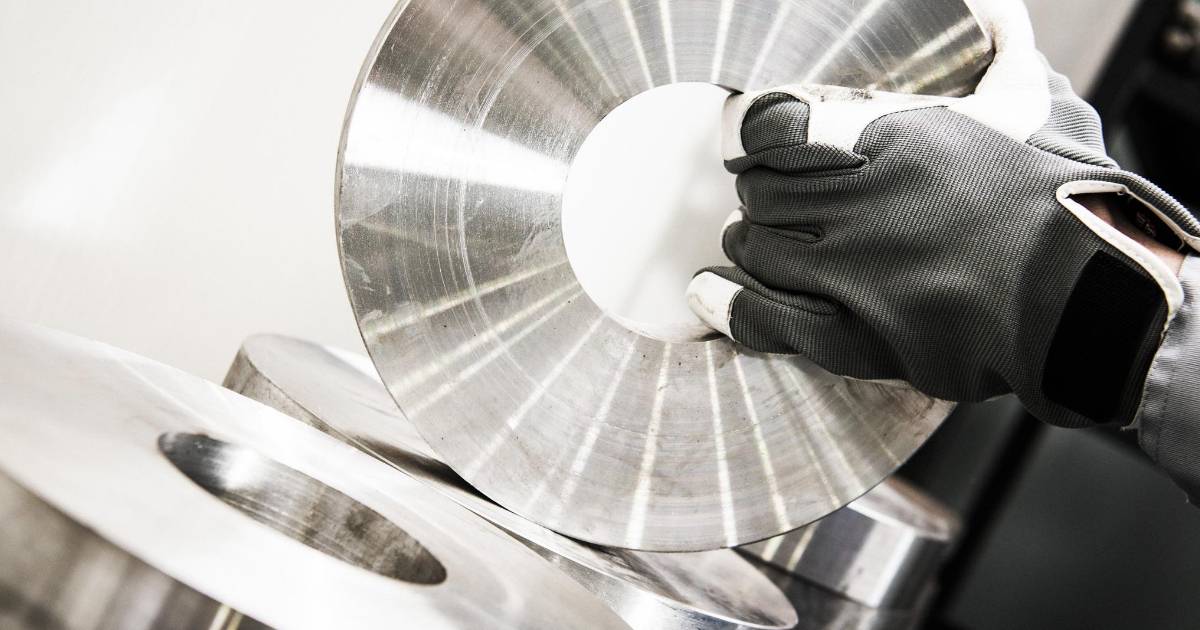
The Steel Industrial Revolution was a transformative period in human history, and steel played a central role in driving this monumental shift. Steel became the key ingredient in the construction of factories and machinery. It transformed the manufacturing process and boosted productivity on an unmatched scale. This industrialization surge led to economic growth, leading societies into becoming powerful industrial powerhouses.
The modern economy owes much of its structure and dynamics to the impact of steel, as it continues to be a fundamental material in various industries, from construction and transportation to manufacturing and energy. The legacy of steel in shaping the Industrial Revolution has left an indelible mark on the progress of human civilization, transforming societies, powering innovation, and propelling us into the modern world we know today.
Steel in Everyday Life
Steel’s seamless integration into everyday life is a testament to its versatility and reliability. In our kitchens, stainless steel appliances, cookware, and utensils have become staples due to their hygienic properties, ease of maintenance, and sleek appearance. Beyond the kitchen, steel furniture, fixtures, and fittings adorn our living spaces, providing a modern and sophisticated touch to our homes. From sturdy steel-framed chairs and tables to elegantly designed lighting fixtures and door handles, steel’s strength and longevity improve the aesthetics and functionality of our living spaces.
Steel is a component in constructing smartphones, laptops, and various electronic devices. Its structural support and protective properties safeguard delicate internal parts, extending the lifespan of our gadgets and ensuring their reliable performance. From the towering skyscrapers to the smallest devices in our pockets, steel’s presence in our daily lives speaks to its invaluable role in shaping modern society.
Challenges and Innovations in Steel Production
Steel’s significance in shaping our culture is undeniable, but it is also essential to acknowledge its challenges. The conventional steel production process is resource-intensive and contributes to environmental issues. The steel industry is proactively working to address these concerns by seeking innovative solutions. Advancements in recycling technologies are improving the efficiency of steel recycling. Embracing sustainable practices will secure steel’s positive impact on our society while reducing its environmental impacts for a more sustainable future.
The Symbolic Significance of Steel

Beyond its physical attributes, steel has acquired a powerful symbolic meaning in our culture. Phrases like “steel resolve” and “steely determination” indicate the image of a material that can withstand strong pressure and distress without faltering. In this way, steel has become a symbol of human perseverance and the ability to overcome challenges.
The historical significance of steel’s role in shaping our world and its ability to endure and adapt over time have contributed to its symbolic importance. As a symbol, steel serves as a reminder of our capacity to face obstacles with courage and determination, forging ahead even in the face of adversity. The symbolism of steel resonates deeply in our culture, emphasizing the timeless values of grit and resilience that guide us through life’s trials and inspire us to reach new heights.
Critiques and Counterarguments
Steel’s unquestionable impact on our culture comes with valid critiques that deserve attention. One concern is the potential lack of diversity in materials due to steel’s dominant role in various industries. It may have unintentionally limited exploration and investment in alternative materials that could offer unique properties and contribute to a more diverse range of innovations.
The industry’s resource-intensive processes and high carbon emissions contribute to environmental degradation and climate change. The steel industry is exploring cleaner energy sources, optimizing production processes, and enhancing recycling methods to minimize environmental impact. We can preserve steel’s invaluable contributions by embracing sustainable practices while charting a more environmentally conscious and innovative future.
Steel’s Influence on Pop Culture
Steel has become deeply ingrained in our popular culture, serving as a powerful symbol of various themes and concepts. Steel is often associated with power, heroism, and technological advancement in movies, books, and music. The invincible armor of superheroes like Iron Man exemplifies the strength and resilience that steel represents. In science fiction novels, epic battleships constructed of steel symbolize human ingenuity and our drive to explore the cosmos.
Steel’s representation in popular culture embodies our aspirations for progress and achievement. It is a metaphor for the human spirit, reflecting our desire to overcome challenges and pursue greatness. Steel’s prevalence in popular culture reflects our fascination with innovation, strength, and the limitless possibilities of human potential. As a symbol, steel reminds us of our ability to reach beyond our current limits, inspiring us to dream big and embrace the extraordinary in our lives and in the stories we create and enjoy.
The Future of Steel
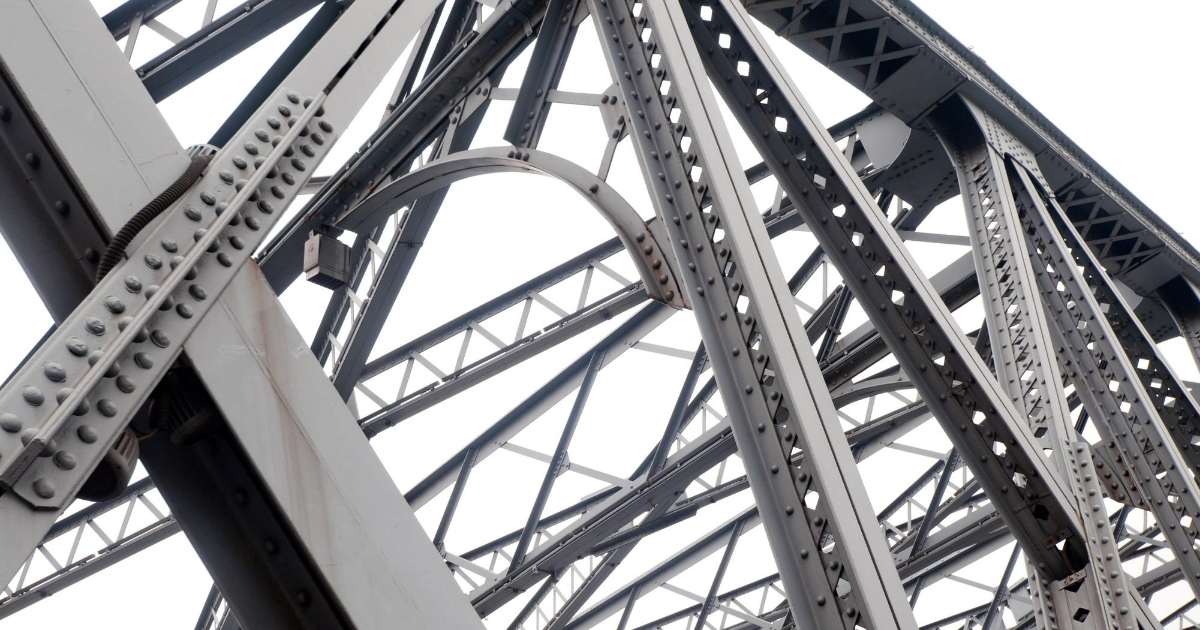
As we peer into the future, exciting developments in steel technology are on the horizon. Researchers and engineers are looking into advanced alloys. These advanced materials offer enhanced mechanical properties, making them ideal for various applications. From constructing more resilient infrastructure to creating lighter and more fuel-efficient transportation, these innovations in steel technology will shape how we build, move, and interact with our world.
Manipulating steel at the nanoscale allows for the creation materials with unmatched strength-to-weight ratios and exceptional properties. The future of steel is directed to a remarkable blend of ingenuity, sustainability, and versatility. It transforms our culture and advances human progress in unforeseen ways.
Steel’s impact on our modern culture is undeniable. It has been the driving force behind our architectural marvels, transportation networks, and industrial progress. Steel’s strength, resilience, and adaptability have transformed our world and shaped our identity as a society.
But steel is more than just a material; it embodies our collective spirit. It represents our determination to overcome obstacles, innovation capacity, and ability to forge ahead despite adversity.
So, remember the story it tells the next time you encounter steel. It is the story of human ingenuity, progress, and the enduring legacy of material.
FAQs
FAQ 1: Is steel the strongest material in the world?
While steel is incredibly strong and durable, it is not the strongest material in the world. There are materials like graphene and carbon nanotubes that exhibit exceptional strength-to-weight ratios. However, steel’s versatility, affordability, and widespread availability make it the preferred choice for various applications.
FAQ 2: What are some famous steel structures?
Iconic steel structures include Eiffel Tower, the Empire State Building, and the Burj Khalifa. These structures showcase the power and beauty of steel and have become landmarks representing human achievements.
FAQ 3: How is steel made?
Steel is made through smelting, where iron ore is heated with carbon in a furnace to remove impurities. It combines with carbon to form steel. The resulting molten steel is then shaped into various forms.
FAQ 4: Can steel be recycled?
Yes, steel is considered the most recycled material in the world. This element can be recycled a lot of times without losing its properties. Recycling steel conserves resources and reduces energy consumption and greenhouse gas emissions associated with primary steel production.
FAQ 5: Are there any alternatives to steel?
While steel is widely used due to its exceptional properties, there are alternative materials for specific applications. For example, aluminum, titanium, or composites may offer advantages, corrosion resistance, or specific performance requirements in some cases. However, steel’s versatility and cost-effectiveness make it the material of choice for numerous applications across various industries.
Our Locations
Get a Quote Now
